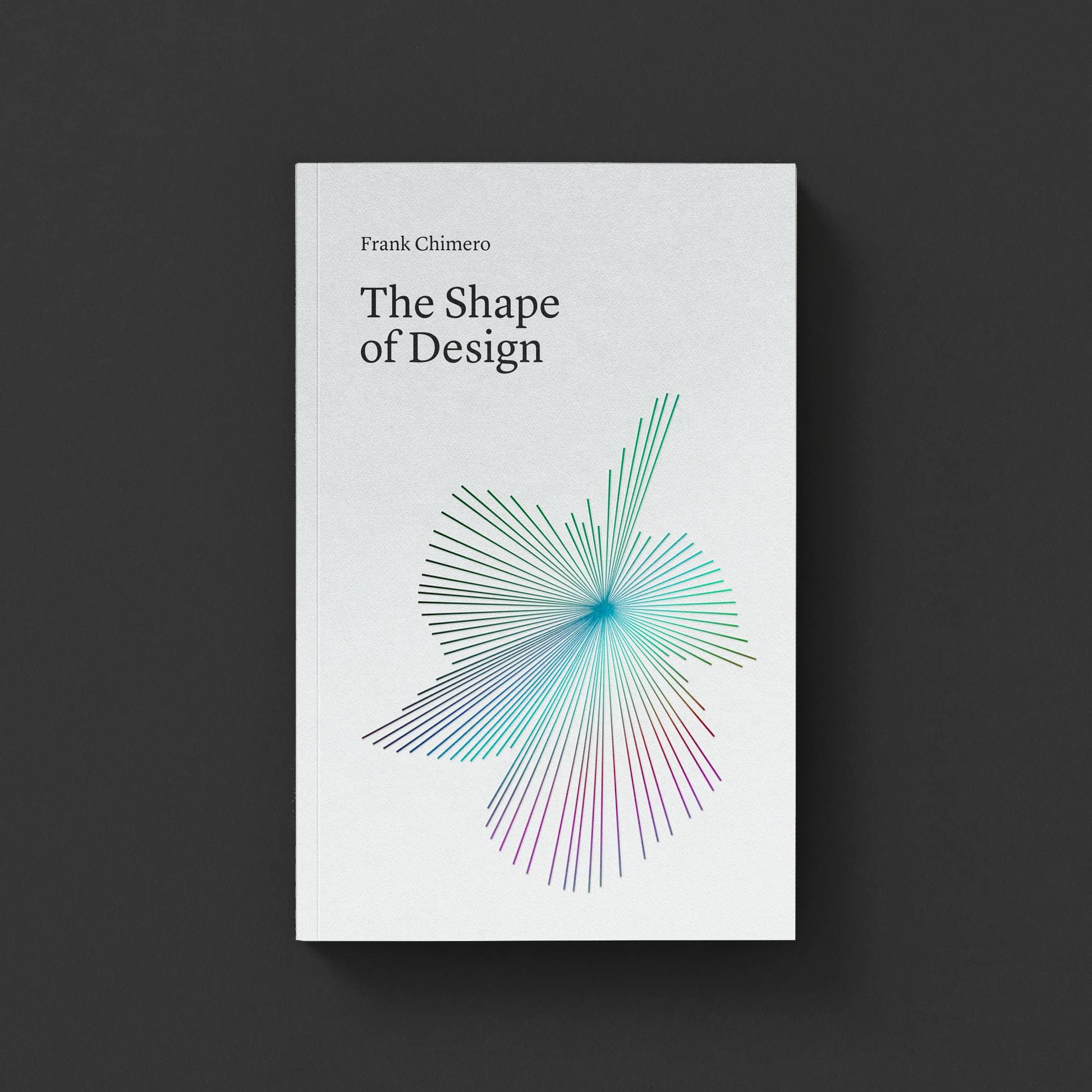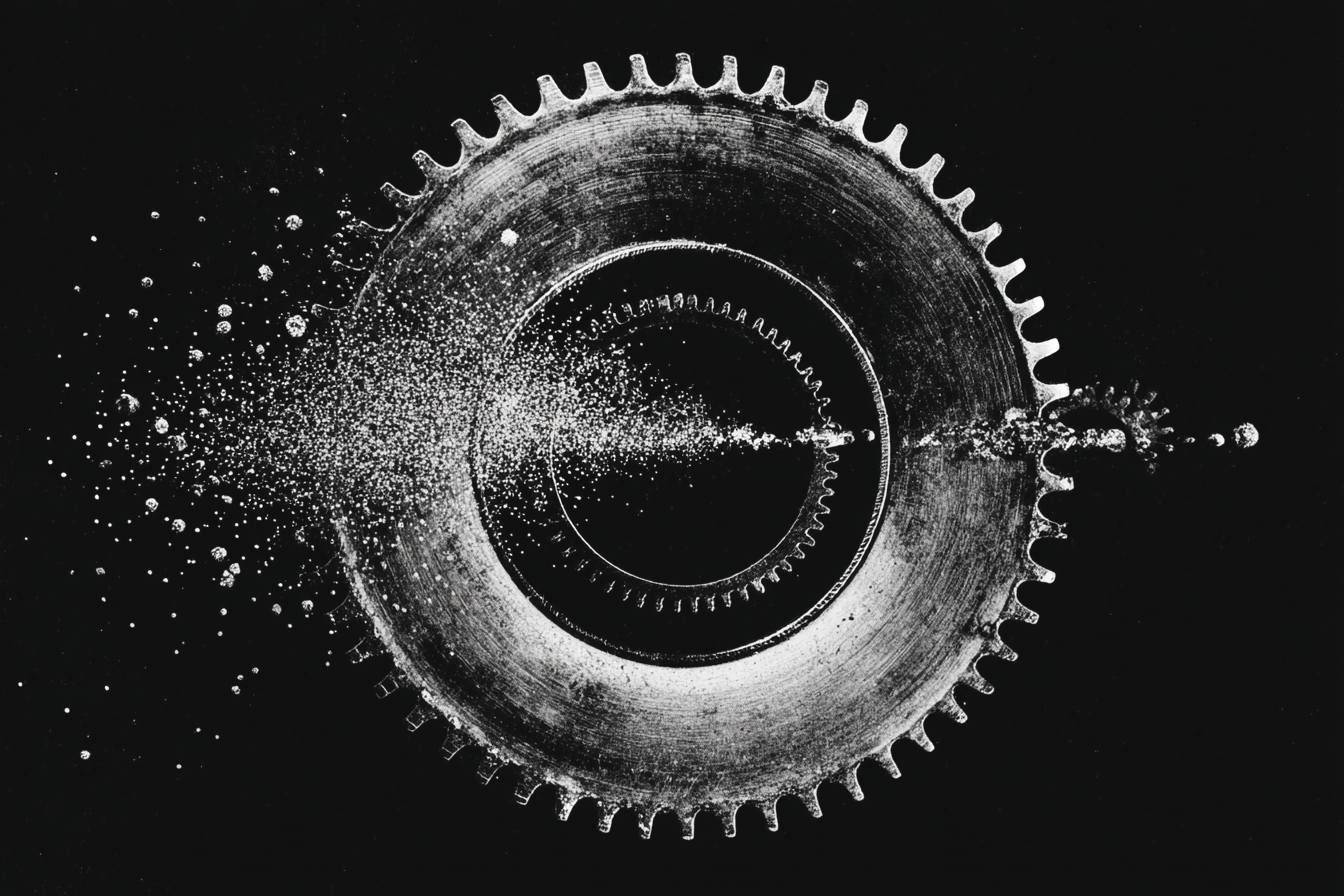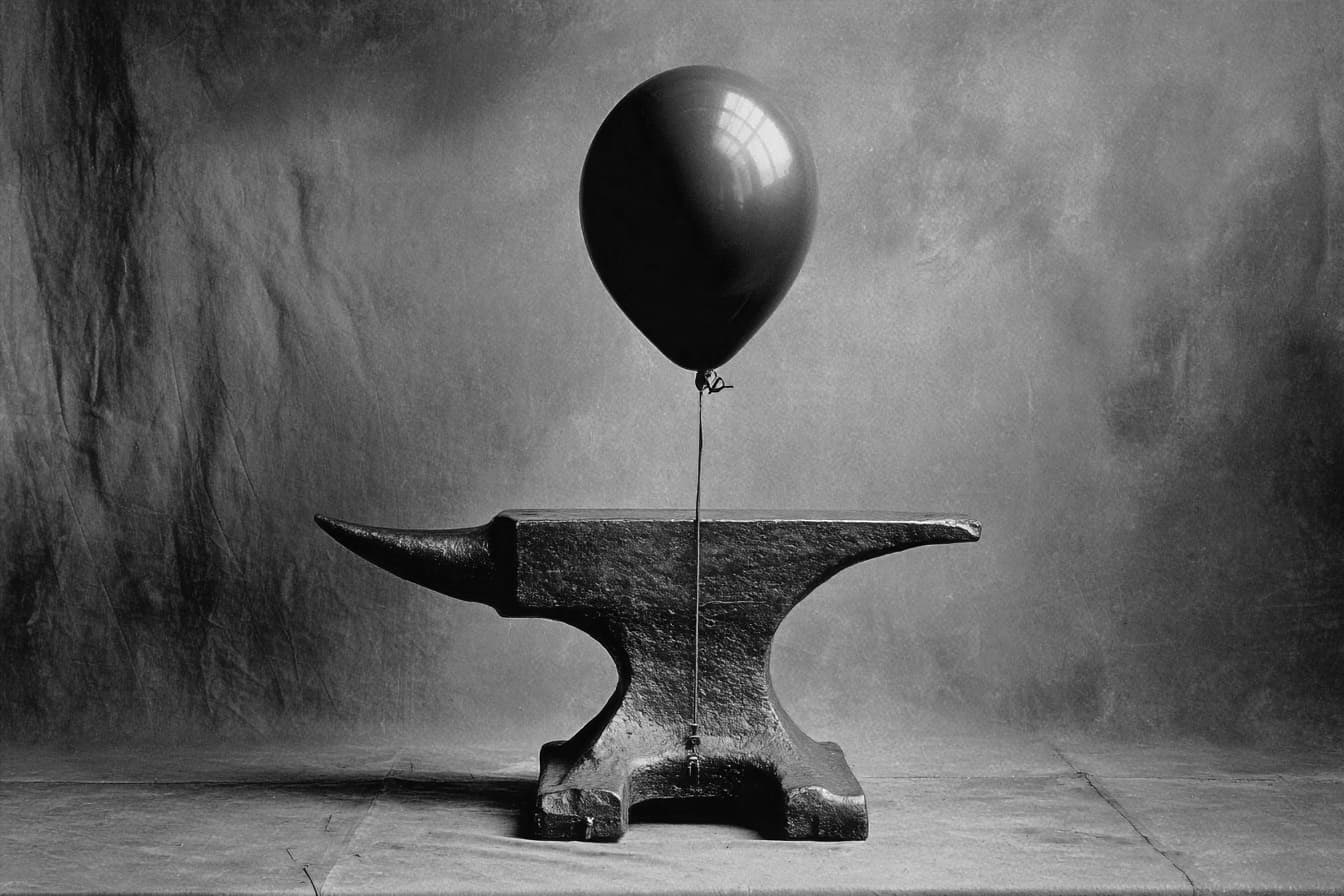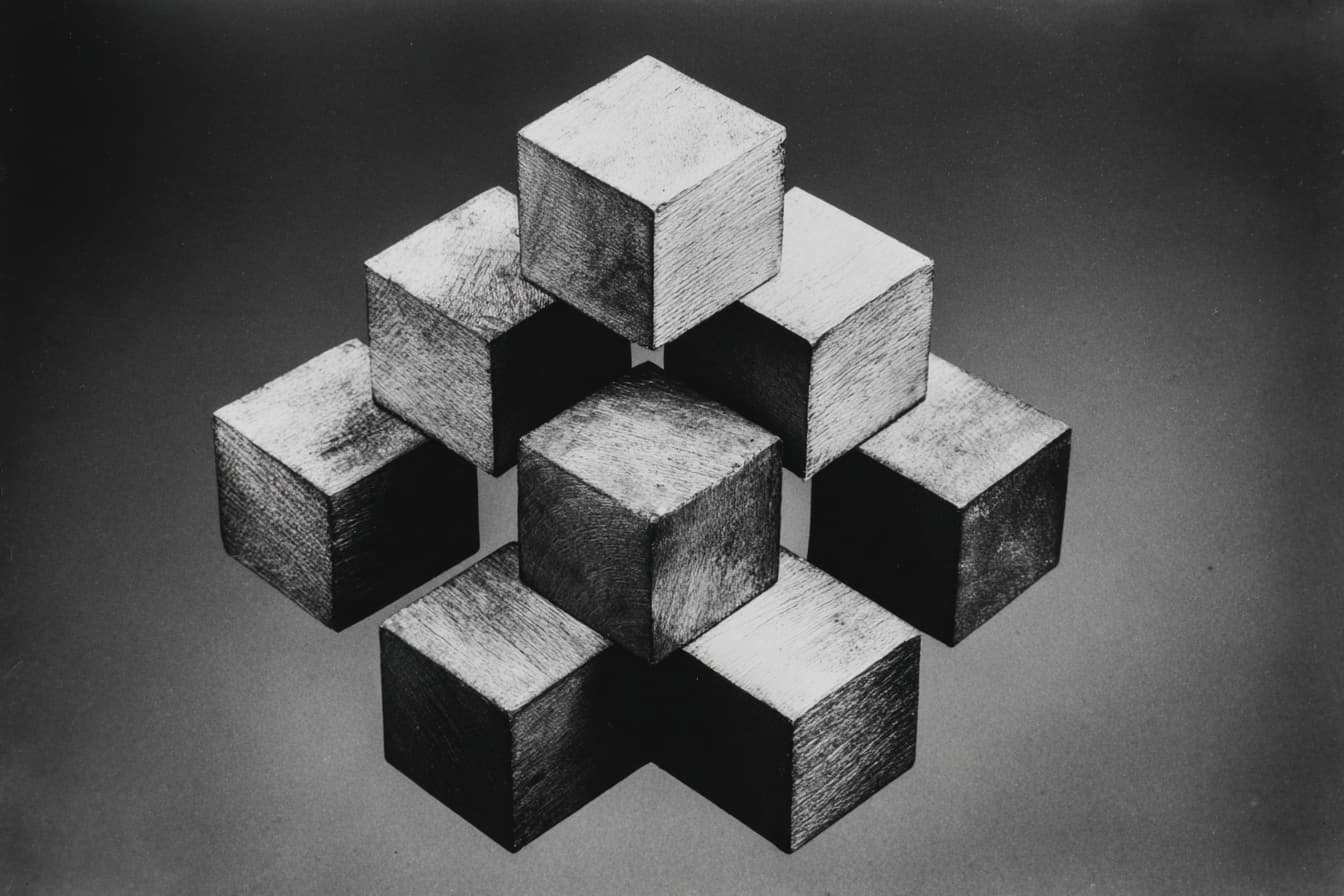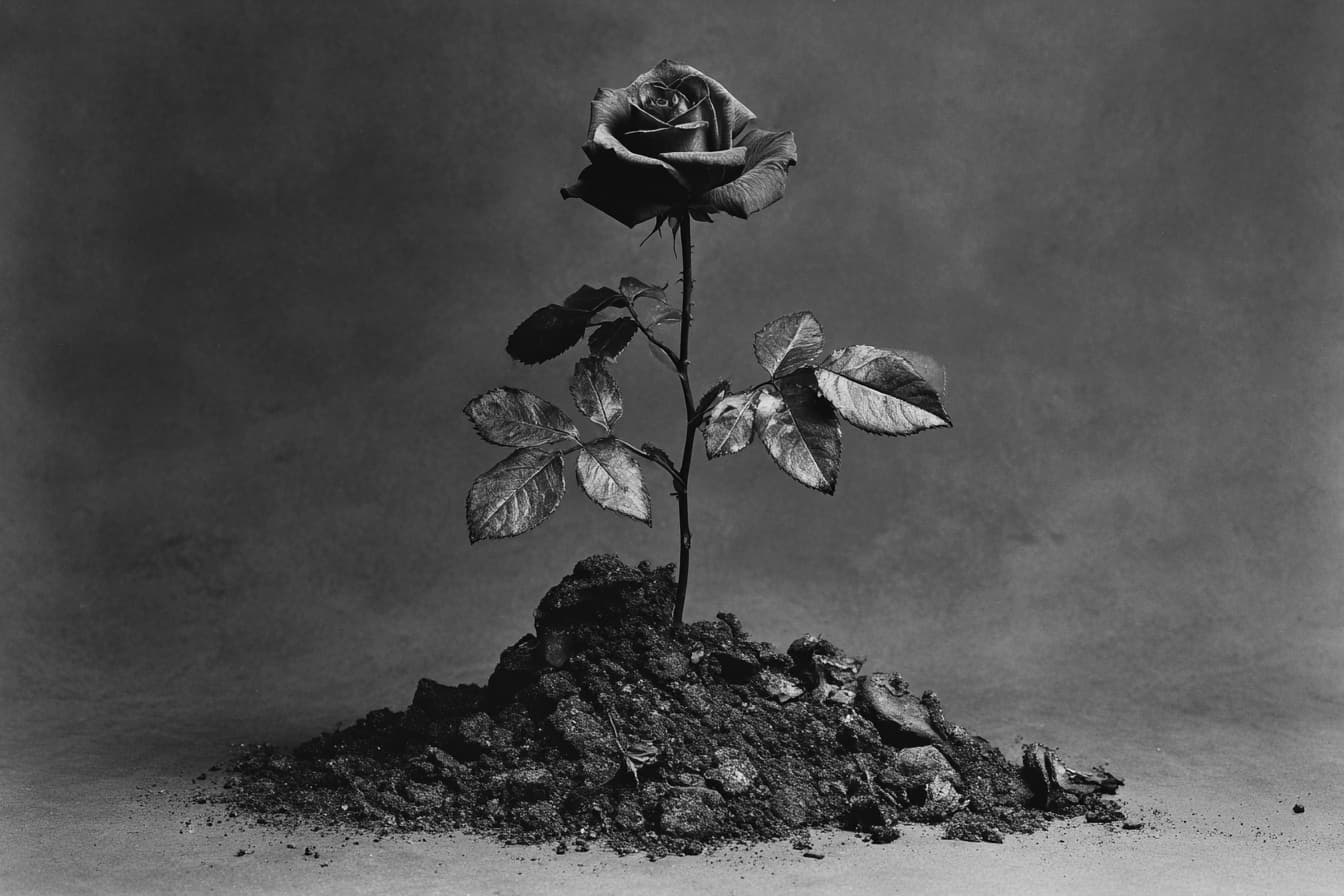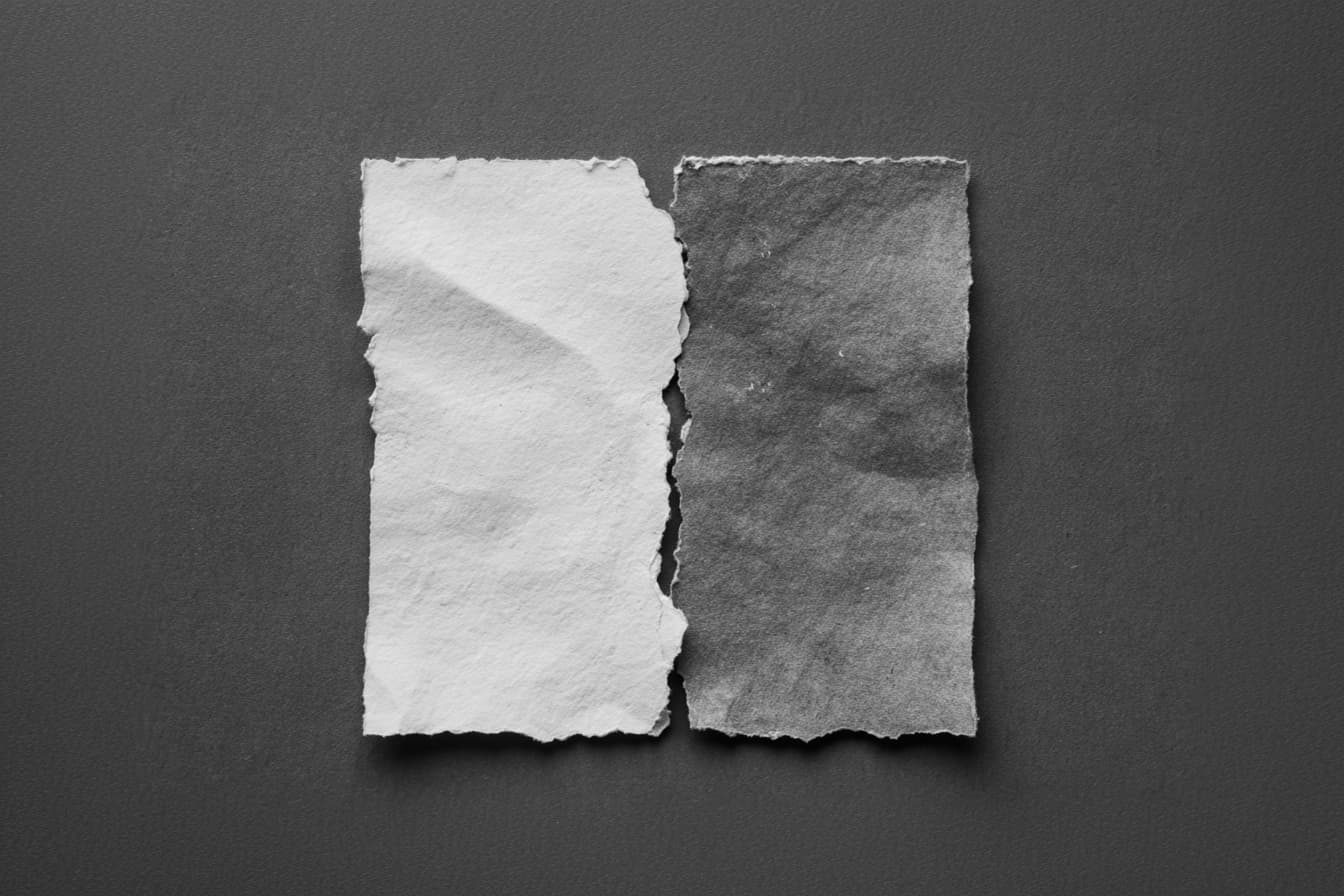Who cares?
Caring and maintenance go together, whether it’s design systems or democracy.
Last week, I shared some thoughts on creative dispositions. I personified two attitudes, architects and gardeners, to show how a writer’s inclinations produce a certain kind of text, thus affecting the design. But the gardener and the architect are ripe metaphors that can be carried other places.
Jeremy Keith picked them up and applied the scheme to design systems:
It’s not just me, right? […] I think you’ve got an interesting analysis of the two different approaches to design systems. Descriptivist gardening and prescriptivist architecture.
Jeremy then extends prescriptivism to share his concerns about individual agency in defined systems, since any kind of structured consistency is primed for automation. Are designers working to pave the road to their own obsolescence by responding to the increasing surface area of brand and digital product? Perhaps, but let’s not display too much hubris. There is a near infinite capacity for automated things to fall apart. Ask any sysadmin.
Dave Rupert picked up the thread and added some of his own thoughts in a post, provocatively titled, The Web is industrialized and I helped industrialize it:
In our cultural obsession with billionaire entrepreneurs we laud new features more than the maintenance and incrementalism work of making old features better and more accessible. Maintenance looks like red minus signs in the spreadsheet.
He continues:
So how do we inject more autonomy into design systems? Jina Anne’s philosophy on Design Tokens seems really strong in maximizing individual contributor and team autonomy, being more “descriptivist” as Jeremy puts it, rather than “prescriptivist”. Perhaps the old “Tools, not rules” adage holds up here as well. Design and development tools and processes that democratize contributions could provide autonomy, or at least the feeling of autonomy.
Brad Frost then contributed some of his own thoughts, rallying around processes and culture (and throwing capital-A Agile under the bus, which I am all for):
it’s important to stress that this isn’t an intrinsic issue with design systems, but rather the organizational culture that exists or gets built up around the design system. There’s a big difference between having smart, reusable patterns at your disposal and creating a dictatorial culture designed to enforce conformity and swat down anyone coloring outside the lines.
I’m glad Brad mentioned Yesenia Perez-Cruz’s book, Expressive Design Systems, published this past November. I haven’t read it yet, but judging only by its title, it directly addresses the assumption that systemization diminishes the possibility of creative contributions by designers.
All of these people are better positioned to comment on design systems, their culture, and implementation. But it does strike a nerve, because design systems are the place where design touches a sense of diminished individual agency, dehumanizing company cultures, digital sprawl, economic consolidation, and fears of automation. People blog and worry, because they believe in the effectiveness of their work, but have no confidence in the hands where they place it.
It is a crisis of care.
I would like to make a proposal, a sketch of an idea, borrowed from others. Each of these highlighted problems is a failure of care and the devaluing of tending to our tools, industry, society, and each other.
I have two references in mind. First is Joan C. Tronto’s Who Cares?: How to Reshape a Democratic Politics. The book focuses on what we owe one another, and how to shape society and government around those convictions. (Don’t worry, it’s a short pamphlet.) Tronto:
When I say “care,” I don’t mean only healthcare, childcare, and caring for the elderly. I don’t mean only finding a babysitter on a website called Care.com. I mean, as Berenice Fisher and I defined it some time ago, “in the most general sense, care is a species activity that includes everything we do to maintain, continue, and repair our world so that we may live in it as well as possible. That world includes our bodies, our selves, and our environment, all of which we seek to interweave in a complex, life-sustaining web.”
A web? Care applies to the built environment, and especially to digital technology, as social media becomes the weather and the tools we create determine the expectations of work to be done and the economic value of the people who use those tools. A well-made design system created for the right reasons is reparative. One created for the wrong reasons becomes a weapon for displacement. Tools are always beholden to values. This is well-trodden territory.
Again, Tronto:
Care is about meeting needs, and it is always relational: the skinned knee of a child who fell off his bike isn’t only about scrapes and germs, it is also about creating the conditions for him to feel safe in the world.
The same can be said of design systems: producing tools to address the sprawl of digital technology isn’t only about enabling individual contributors, it is also about creating the conditions for them to feel safe and capable in their job.
One aspect of work stability is meeting real needs. The other is to have the work of meeting needs be valued. One of the more significant insights into the gap between the two was highlighted by Mierle Laderman Ukeles. In 1969, she wrote Manifesto for Maintenance Art, 1969, a proposal for an exhibition to display maintenance work as contemporary art. Ukeles was commenting on the art world, but her criticism extends to any made thing in society. Parts of it go directly to the heart of the conversation on design systems.
From the manifesto:
Two basic systems: Development and Maintenance. The sourball of every revolution: after the revolution, who’s going to pick up the garbage on Monday morning?
Development: pure individual creation; the new; change; progress, advance, excitement, flight or fleeing.
Maintenance: keep the dust off the pure individual creation; preserve the new, sustain the change; protect progress; defend and prolong the advance; renew the excitement; repeat the flight.
The symmetry to design systems is uncanny.
Development systems are partial feedback systems with major room for change. Maintenance systems are direct feedback systems with little room for alteration.
The solution? Elevation. Assert value by performing maintenance and declaring it art. In Ukeles’ words, “Everything I do is Art is Art.” The manifesto was printed in Art Forum in 1971. The proposed show’s name? “CARE.” Of course.
Society is a system that is woven together. The gallery goes with the street and the street sweeper. You can’t separate the buttons from the designers, the job from the work culture, the company from the economy, the economy from our policies, our policies from our values. It all goes together.
Who cares?

